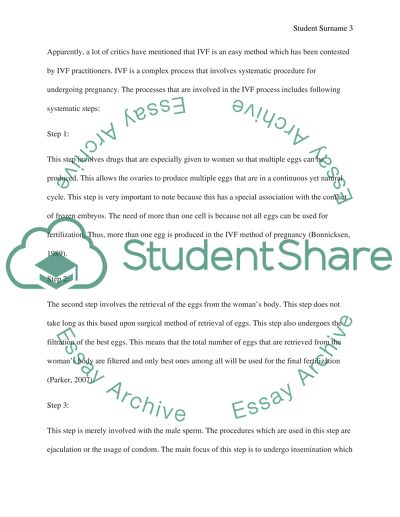Cite this document
(“In vitro Fertilization Term Paper Example | Topics and Well Written Essays - 2000 words”, n.d.)
Retrieved from https://studentshare.org/miscellaneous/1596668-in-vitro-fertilization
Retrieved from https://studentshare.org/miscellaneous/1596668-in-vitro-fertilization
(In Vitro Fertilization Term Paper Example | Topics and Well Written Essays - 2000 Words)
https://studentshare.org/miscellaneous/1596668-in-vitro-fertilization.
https://studentshare.org/miscellaneous/1596668-in-vitro-fertilization.
“In Vitro Fertilization Term Paper Example | Topics and Well Written Essays - 2000 Words”, n.d. https://studentshare.org/miscellaneous/1596668-in-vitro-fertilization.


